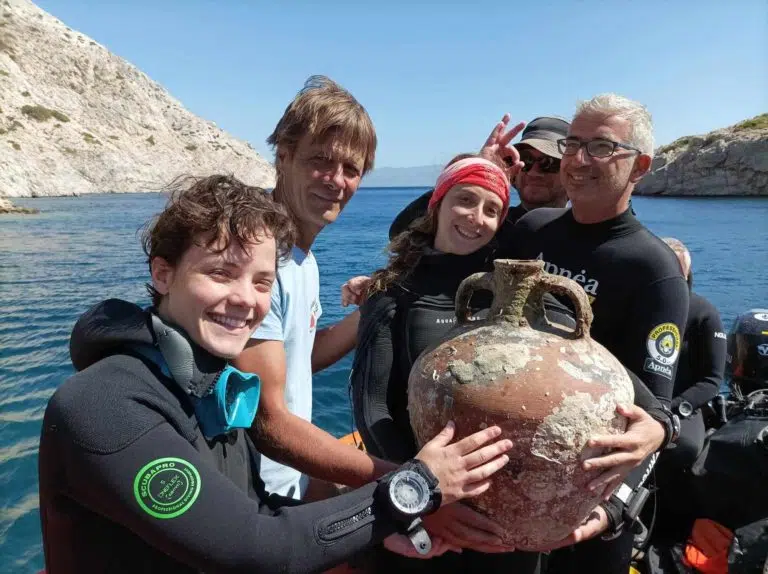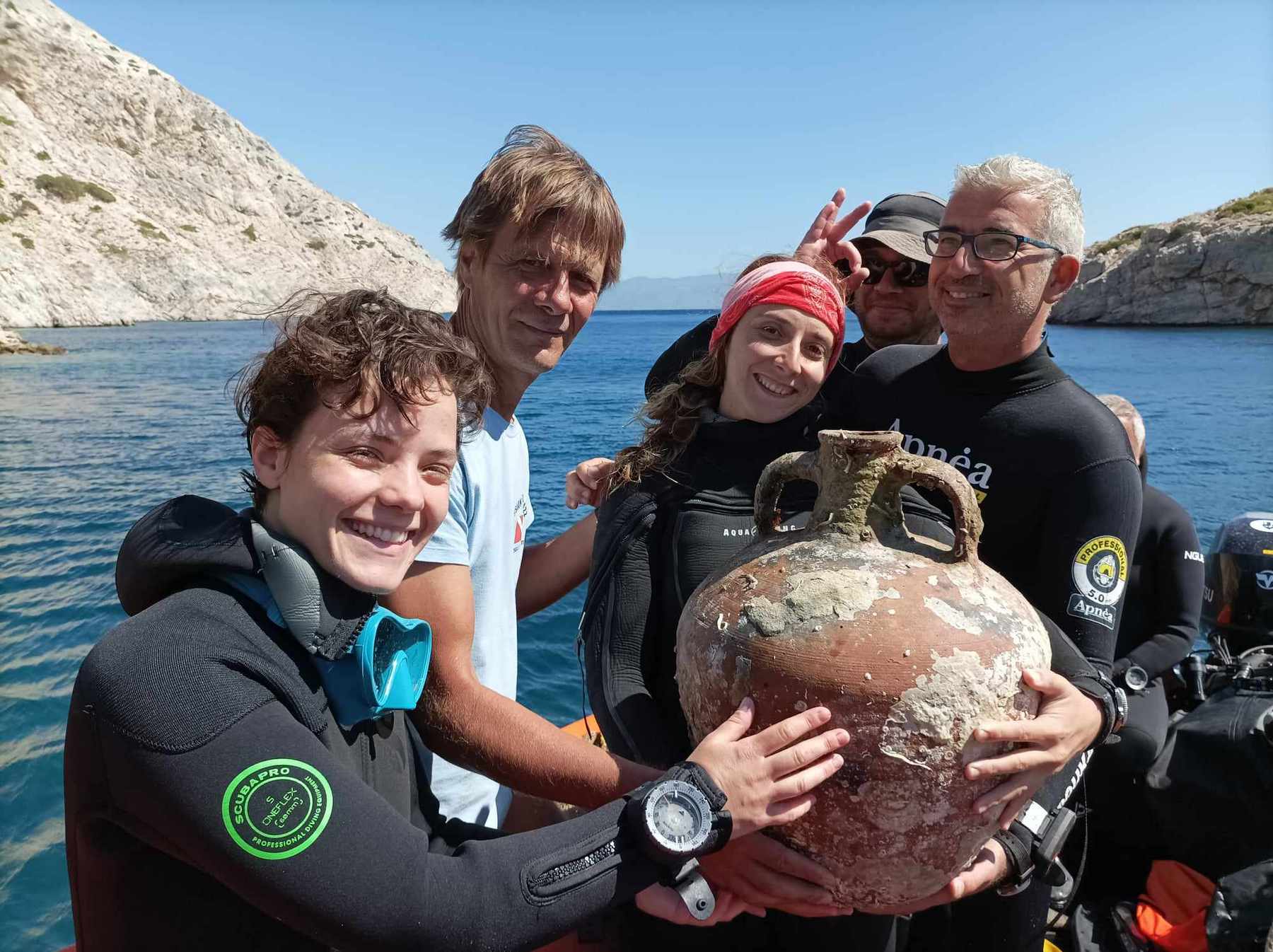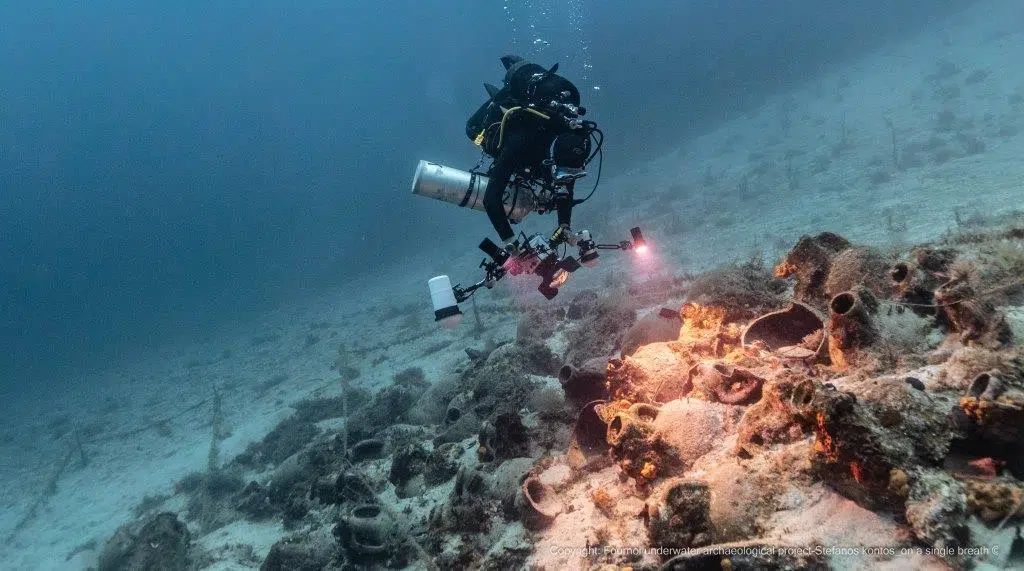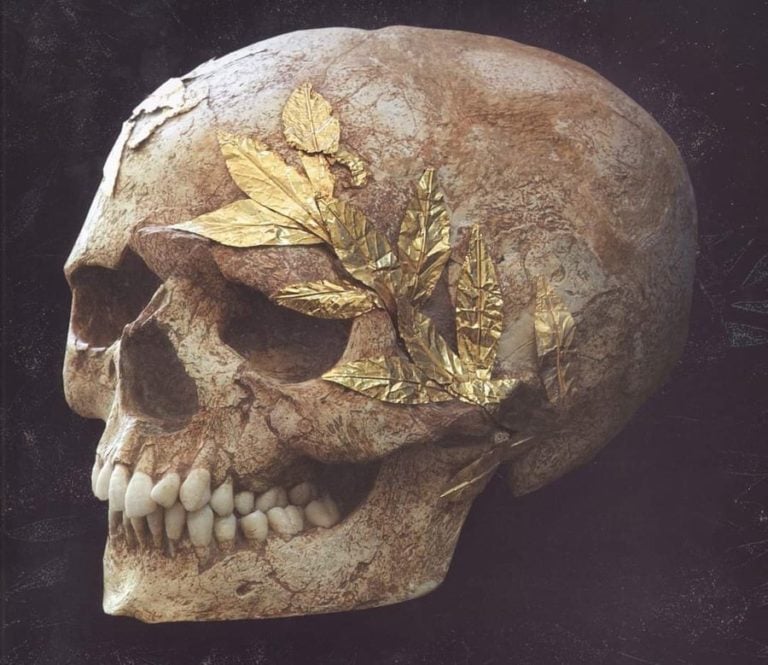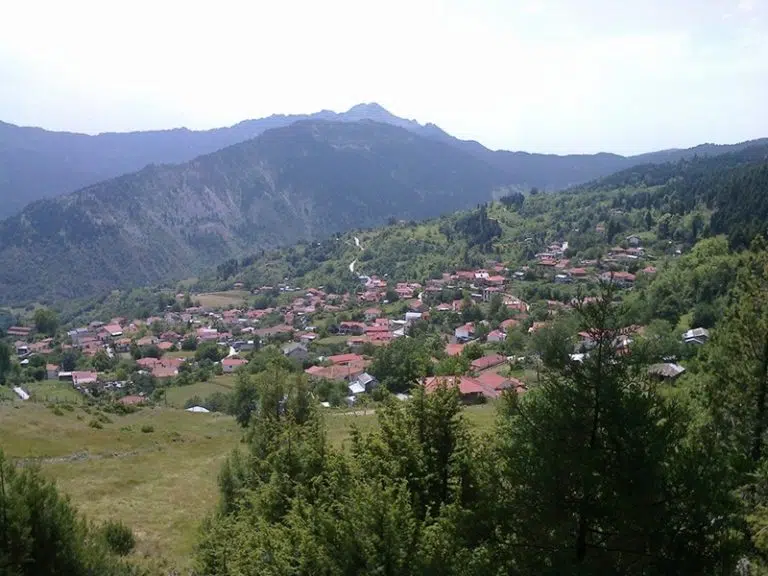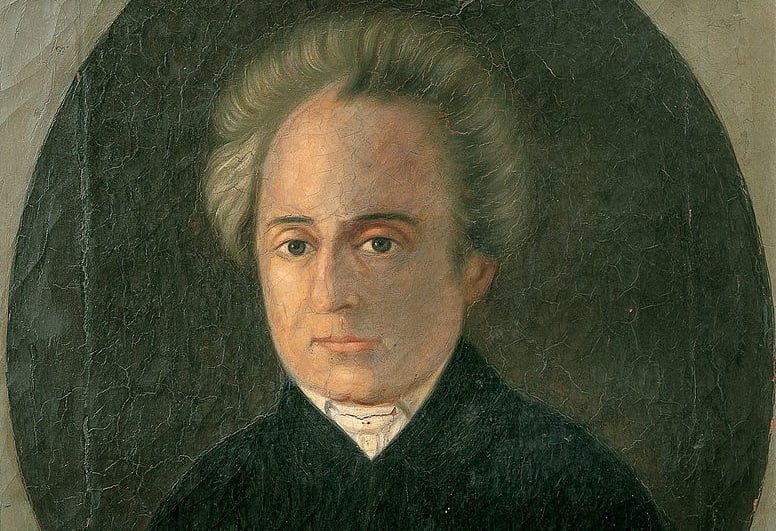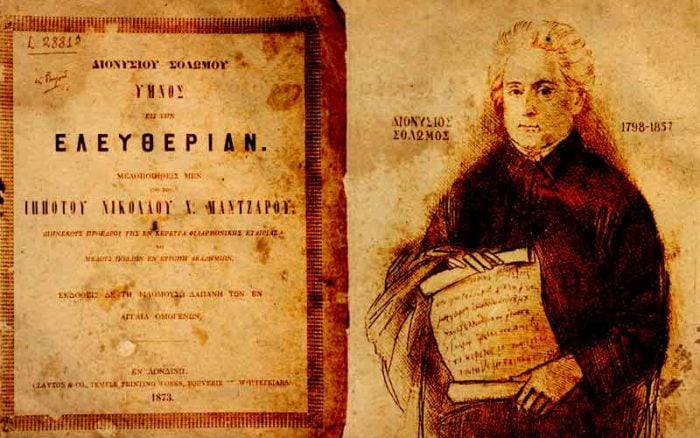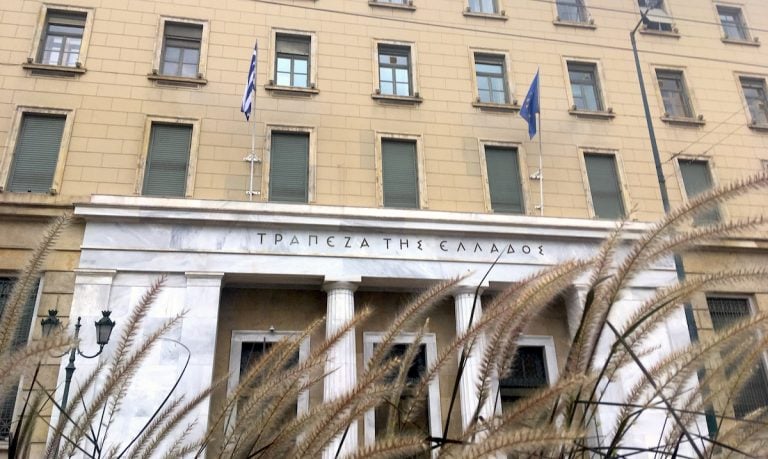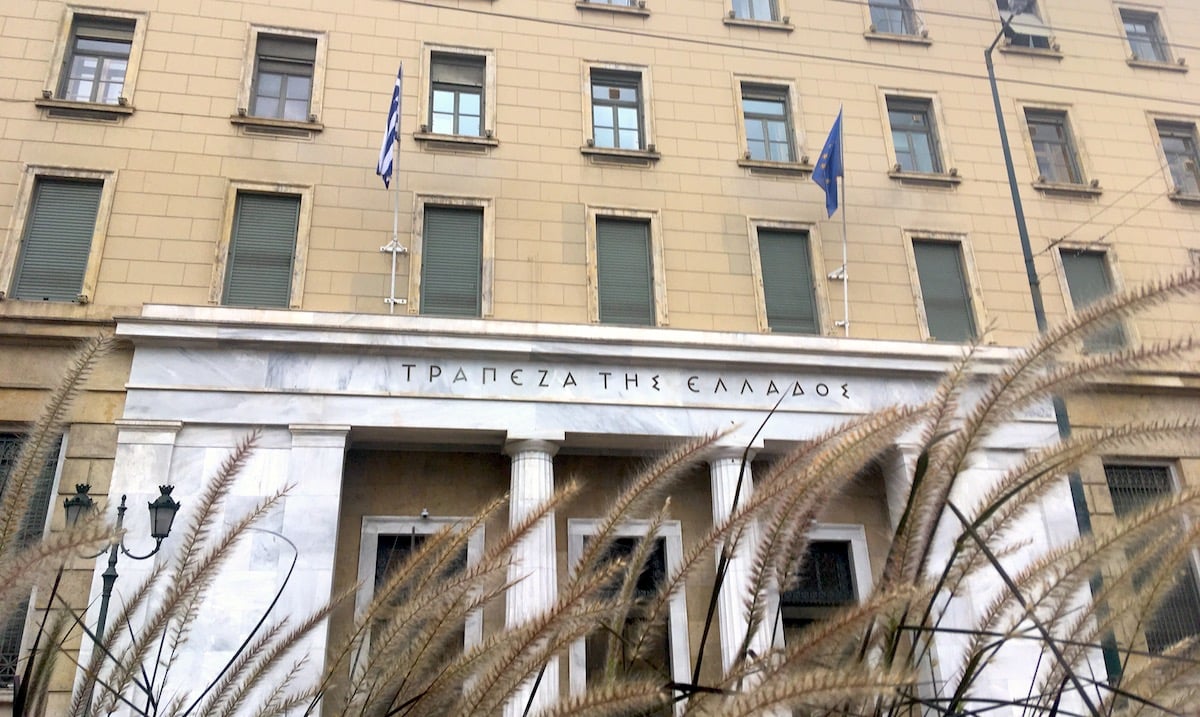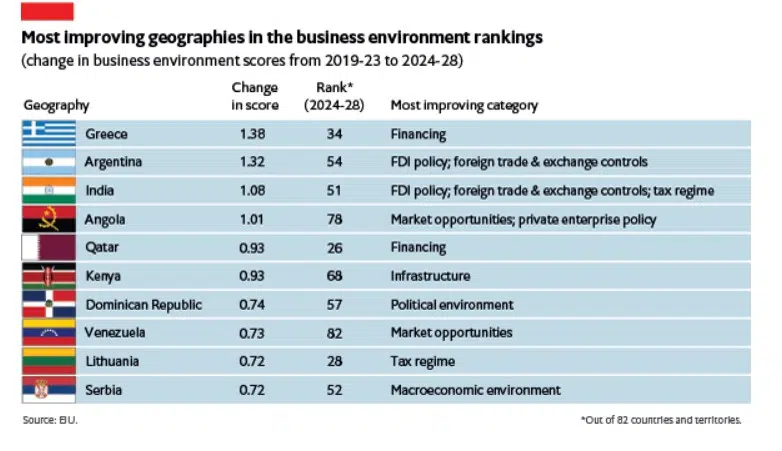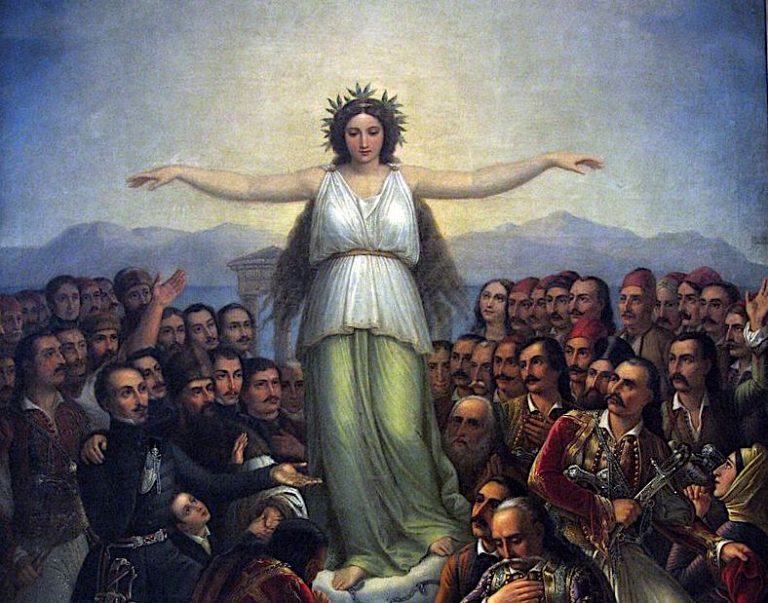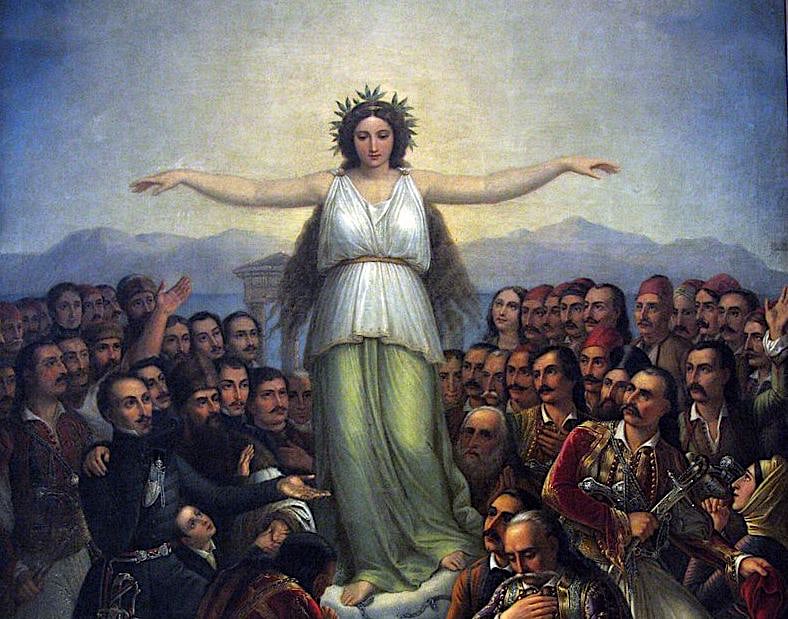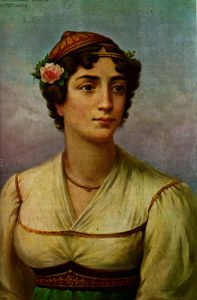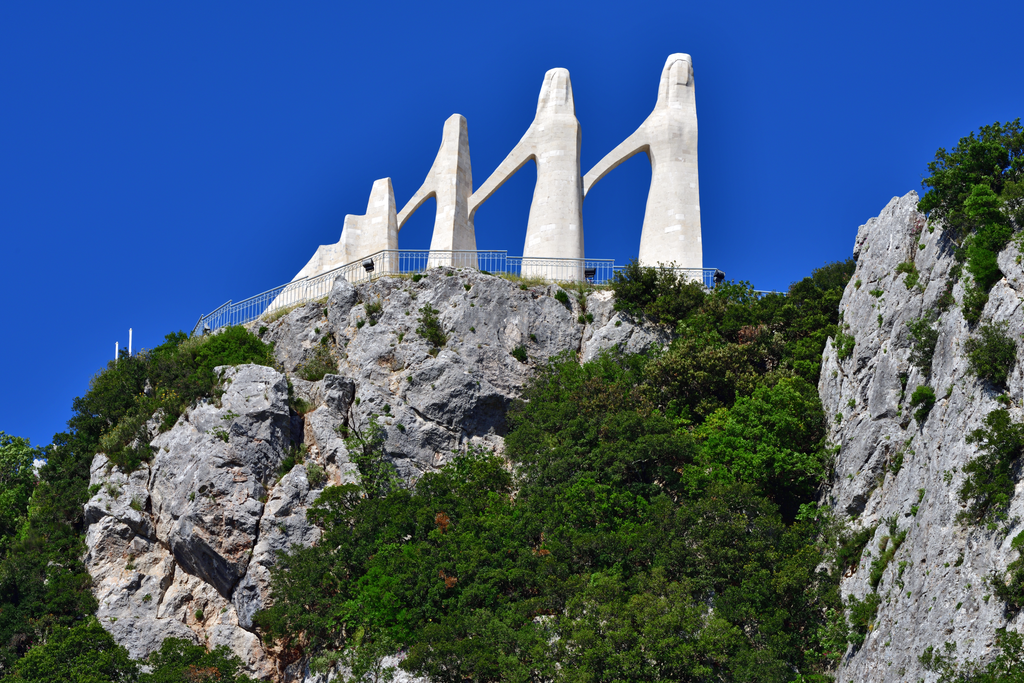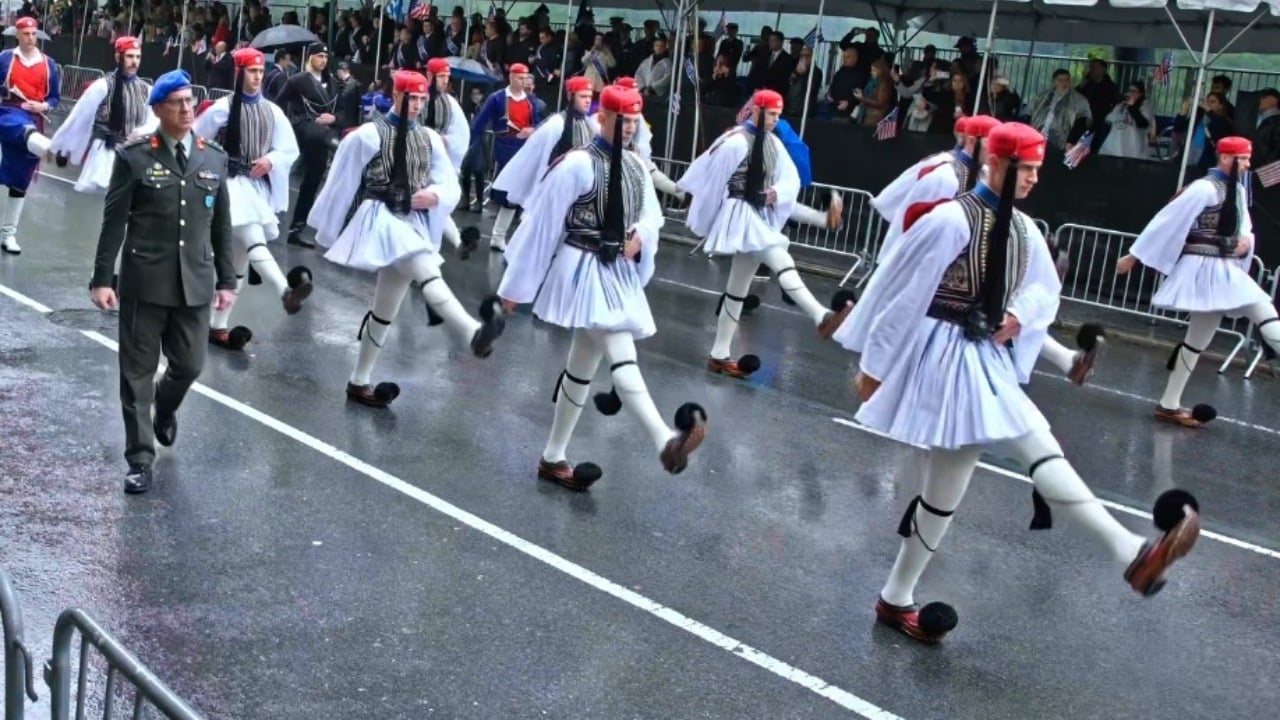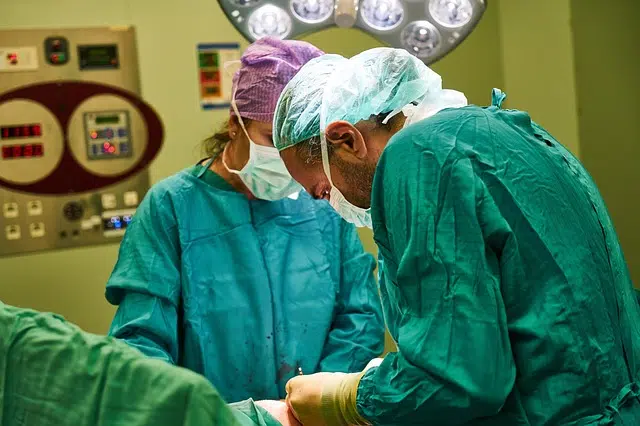
In a four-hour surgery undertaken at Massachusetts General Hospital on Saturday, March 16th, doctors have managed to perform the first transplant of a genetically modified kidney from a pig into a living human, they announced on Thursday.
In the hospital, which was also where the first kidney transplant was performed in 1954, patient Rick Slayman, a 62-year-old manager with the Massachusetts Department of Transportation who had been diagnosed with end-stage kidney disease, is reportedly recovering well and is expected to be discharged from the practice soon.
Doctors announced Thursday that they believed his new kidney could last years. However, they also noted that there are a number of unknowns when it comes to animal-to-human transplants. In a written statement from the hospital, Slayman said he had been a patient in the hospital’s transplant program for eleven years.
Prior to the pig transplant, he had received a kidney from a human donor after living with diabetes and high blood pressure for several years. That organ began showing signs of failure just five years later, and Slayman resumed his dialysis a few years later in 2023.
At the point he was diagnosed with end-stage kidney disease last year, he told CNN, his doctors suggested he try a pig kidney.
“I saw it not only as a way to help me, but a way to provide hope for the thousands of people who need a transplant to survive,” Slayman said in the statement. Medical professionals who were not involved in the case said the operation represented a significant milestone in medicine.
“To finally see this come to fruition after years of work and collaboration is really a huge step forward and a great moment for transplant,” Dr Parsia Vagefi, chief of surgical transplantation at UT Southwestern Medical Center in Dallas, told CNN.
Dr. Tatsuo Kawai, director of the Legorreta Center for Clinical Transplant Tolerance and the surgeon who performed the operation, reportedly said the pig organ was exactly the same size as a human kidney.
When they stitched it in, connecting its blood vessels to Slayman’s, Kawai told CNN, it immediately “pinked up” and began producing urine. The fifteen-member transplant team in the operating room burst into applause, he said.
“It was truly the most beautiful kidney I have ever seen,” Kawai said Thursday in a news briefing that was emotional for the doctors involved, some of whom have worked on this research for their entire careers.
🚨🇺🇸FIRST-EVER SUCCESSFUL PIG KIDNEY TRANSPLANT
Rick Slayman, 62, underwent a revolutionary kidney transplant from a genetically modified pig, utilizing CRISPR technology for gene editing.
Key modifications included removing the alpha-gal glycan gene to prevent rapid rejection… pic.twitter.com/wOkVoDTIAc
— Mario Nawfal (@MarioNawfal) March 22, 2024
How pig and other animal organs can help in the future
The need for organs far outweighs the number that are readily available, with seventeen people dying on a daily basis in the US while waiting for an organ. Kidneys are the organ in shortest supply. According to the Organ Procurement and Transplantation Network, around 27,000 kidneys were transplanted in 2023, but nearly 89,000 people were on the waiting list for those organs.
It has been claimed by experts that xenotransplants, which involve the transplantation of animal organs into humans, are key to solving the organ shortage issue.
“It also could be a potential breakthrough in solving one of the more intractable problems in our field, that being an unequal access for ethnic minority patients to the opportunity for kidney transplantation,” said Dr Winfred Williams, associate chief of the Department of Nephrology at Mass General, in the news briefing.
This is the third transplant of a pig organ into a living human. The first two were hearts transplanted into living people who had nowhere left to turn in terms of transplant options. The organs were transplanted under special rules that allow compassionate employment of experimental therapies for people in desperate medical situations. Both patients died soon after receiving the transplants.
The research team at Mass General Brigham said that although this latest transplant was significant, more research is still needed. This would ideally involve a large study at many hospitals to fully understand the efficacy of pig kidney transplants.
“Our hope is that dialysis will become obsolete,” Dr Leonardo Riella, medical director of kidney transplantation at Mass General told CNN. “Dialysis will be like a ventilator for a patient with respiratory failure. You use it for a period of time, and hopefully if they’re healthy enough, they could have a more permanent solution, which could be a human transplant or a xenotransplant.”



